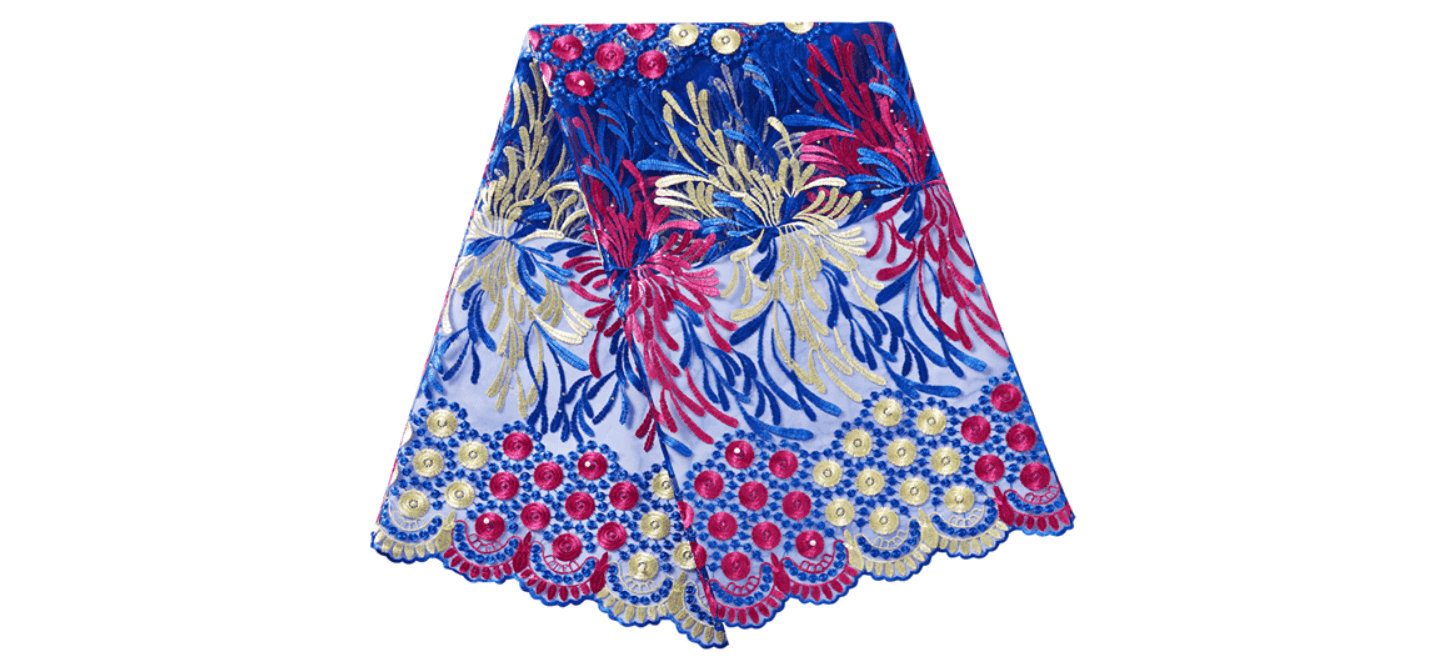The African setting is one that’s laced with an avalanche of cultures, ethnicities and traditions. Simply put, the cultural diversity of the African nation sets them apart. The use of various clothing materials during festivities and other events is a pointer to the difference in culture.
You must have come across a wide range of such clothing materials, and many of these materials are quite elegant. One of the most popular materials used across the board in many African countries is the African lace fabric. This fabric is a good fit for virtually any occasion, and it gives the wearer a sense of pride. If you’ve ever had the lace fabric, you’d appreciate the quality in texture and class.
The lace material requires a lot of care to keep the fabric in pristine condition; there are many ways to go about this;
Washing and handling
It’s important to point out the fact that the lace material is netlike, and this means it’s not suitable for rough handling. The delicate nature of this material can be attributed to its open weave as well as the material used in its production; such materials include cotton, linen and synthetic fibers.
Washing phase: It should be hand-washed with cool water and extremely mild detergent. More importantly, you shouldn’t subject your lace to vigorous washing as you’d do to other materials. Subjecting your lace fabric to rigorous washing and scrubbing could result in the distortion of its fibres. If you’re looking to wash with a washing machine, it’s preferable to set the washing machine to gentle washing mode.
Rinsing phase: As earlier opined, lace fabrics are quite delicate; you should pay attention to how you squeeze the fabric. It’s advisable to apply a gentle squeeze on the fabric rather than wringing the material. If the fabric has buttons or zippers, ensure that you fasten every single one of them so that snags don’t occur.
Hanging phase: Air drying your African lace fabric makes sense if you have proper weather conditions. Your heavy lace materials should be spread flat on a plain surface to prevent the material from stretching and tearing eventually. Lighter lace fabrics can be hanged using padded hangers. Making use of dryers could subject your fabric snagging within the dryer during the process; if you eventually have to make use of a dryer, reduce the heat to the barest minimum.
Ironing phase: It’s quite understandable to have wrinkles and creases on your fabric after drying. While some lacer materials can easily be folded to remove such creases, you might have to iron some other types of lace fabrics. Extreme care should be taken while prosecuting this phase as you could end up having your fabric damaged by the iron. It would be best if you placed a press cloth between the fabric and the iron to absorb some of the heat. Furthermore, it’s okay to place a thick white towel beneath the fabric while ironing it.
Final thought
It’s such a delight to have your African lace fabric in pristine condition for many years. This article highlights possible ways to help you maintain the desirable qualities of your lace material.
